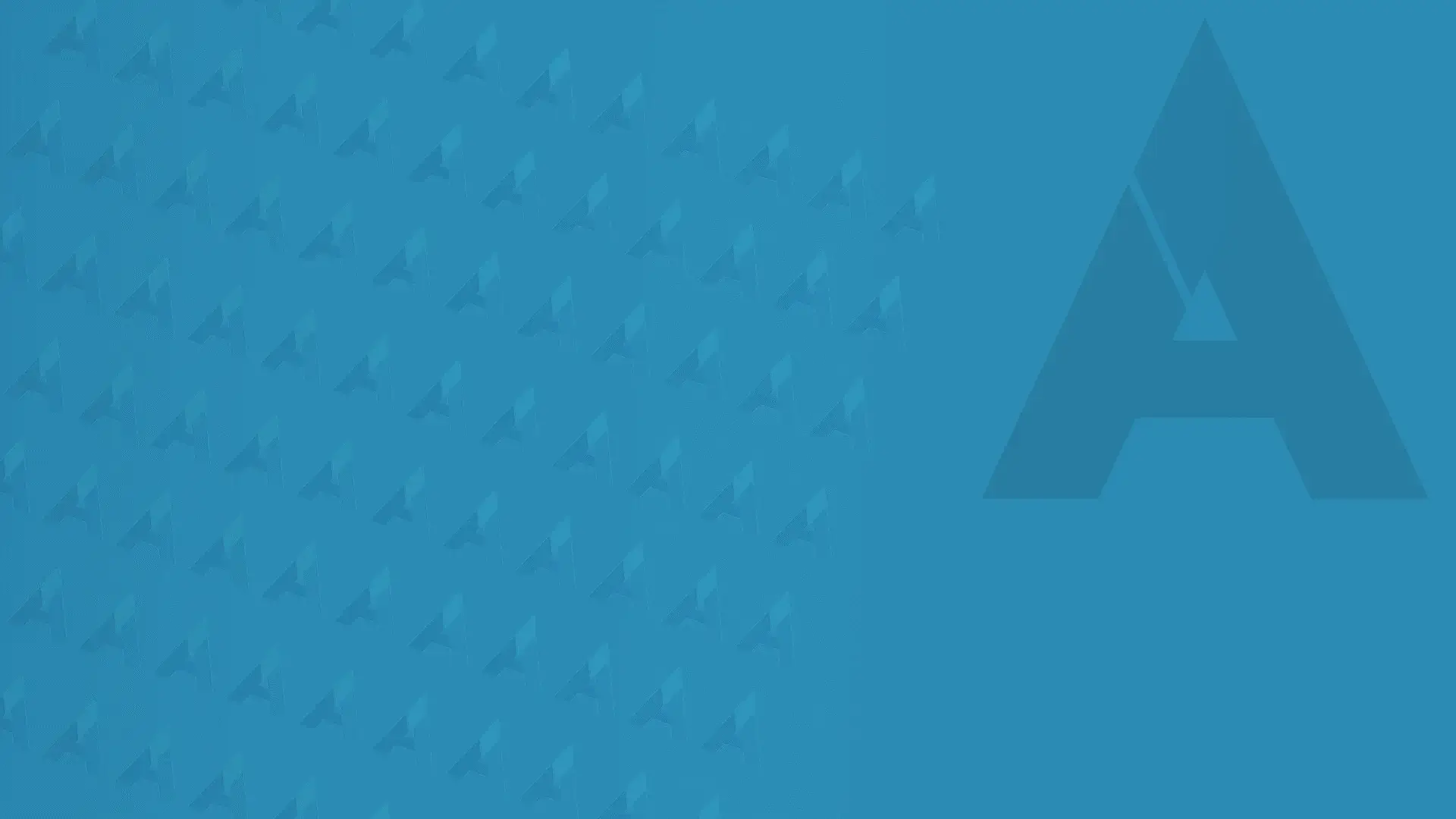
Types of Termites That Infest North Carolina Homes

Termites mean trouble: A termite infestation can pretty quickly become a major structural issue for any home and an even bigger headache. Because of the warm weather common in North Carolina at this time of year, the state can quickly become a termite playground without proper precautions and necessary treatment. North Carolina is home to mainly only one type of termite, but it can cause some major problems for homeowners. So what is this sinister termite that terrorizes North Carolina homes, and what kind of damage do they cause? We investigate.
The Types of Termites in North Carolina
As we mentioned above, there is really only one type of termite that people have to worry about, and that is the Eastern Subterranean Termite.
Eastern Subterranean Termites, like many species of termite, these creatures live in colonies, which means if they arrive at your home, they’re going to come in large numbers. They can be categorized as falling into 3 main types, or “castes”: workers, soldiers, and reproductives. These termites will feed on all sorts of wood, including the wood from trees in yards and the wood fixtures that make up the structures of homes. These termites are:
- A creamy translucent color
- Only 1/8 of an inch long
- Blind and soft-bodied
With Eastern subterranean termite queens able to lay up to 2,000 eggs daily, these insects are no joke!
Where Eastern Subterranean Termites Live
Eastern Subterranean termites are tied to the mud tubes that they construct. Without the safety of these mud tubes, they quickly become dehydrated easily and die. That means that subterranean termites need a ground-level entry point to get into a structure, but it doesn’t mean that they can’t work their way through any home or building once they’re in.
In fact, if a colony gets large enough, they can slowly begin to creep their way upward, sometimes colonizing a home or building as far up as multiple stories high. Because the walls outside your home are the spot that most frequently touches the ground on the exterior, wall voids or spaces inside of walls are most susceptible to termite invasion.
Damage Eastern Subterranean Termites Cause
Once they’re in, these sinister termites will start chewing away at whatever they can get access to. In fact, while termites are conventionally known as wood-eaters, what they actually go after is cellulose, and while cellulose is the main component in wood, cellulose can also be found in other non-wood objects, such as carpeting and sheetrock covering. So how bad can the damage get? According to NC State, a colony containing 60,000 workers can consume the equivalent of one foot of a 2" x 4" piece of lumber in slightly over 5 months.
While this might not seem like a whole lot over that period of time, don’t forget that termites do their damage in silence, which means that you could have a termite infestation for years without even realizing it or starting to see the damage. A years-long termite infestation can cause significant damage.
Luckily, although termite damage can be incredibly hard to identify before things have gotten severe, there are a few subtle things that can clue you to the presence of eastern subterranean termites:
- Wood that sounds hollow when it is tapped on.
- Wood that is unusually soft, so much so that it is easily probed with a knife or screwdriver.
- A thin gritty gray-brown film on the surface of damaged material.
Consider that early on in an infestation, these signs might not be apparent, which is why regular inspection and professional treatment is so important.
Getting Rid of Termites
If you are experiencing a termite infestation from either Eastern subterranean or Formosan subterranean termites, A-1 Pest Control can help with one of our two treatment options. Here’s how they work:
- The Sentricon® System
Preferred by many homeowners and commercial property owners because of the affordable, flat rate, and effectiveness at getting rid of termites, the Sentricon® Termite Colony Elimination System utilizes bait to attract and effectively destroy subterranean termite populations. Our pest professionals are Authorized Operators of the Sentricon technology and know exactly how to inspect and treat your property. In-ground bait stations are placed strategically around areas where the termite colonies thrive. Because termites prefer this bait to wood, they eat it, which causes a halting of their maturation process, which kills them As the termites die off, so does the queen, effectively destroying the entire colony. - Termidor® Treatments
Termidor® is a reliable and trusted form of liquid termite control. Termidor is applied along the foundation of homes and buildings, creating an invisible barrier. The undetectable liquid does not deter the termites; instead, the termites both walk through and eat the odorless, tasteless material. When they eat it they begin to die and encounter Transfer Effect technology which turns termites into “carriers”, meaning that they transfer the Termidor to other termites, effectively killing other members of the termite colony.
If you’re looking for one of these termite control treatments, contact us ASAP for your free estimate!
